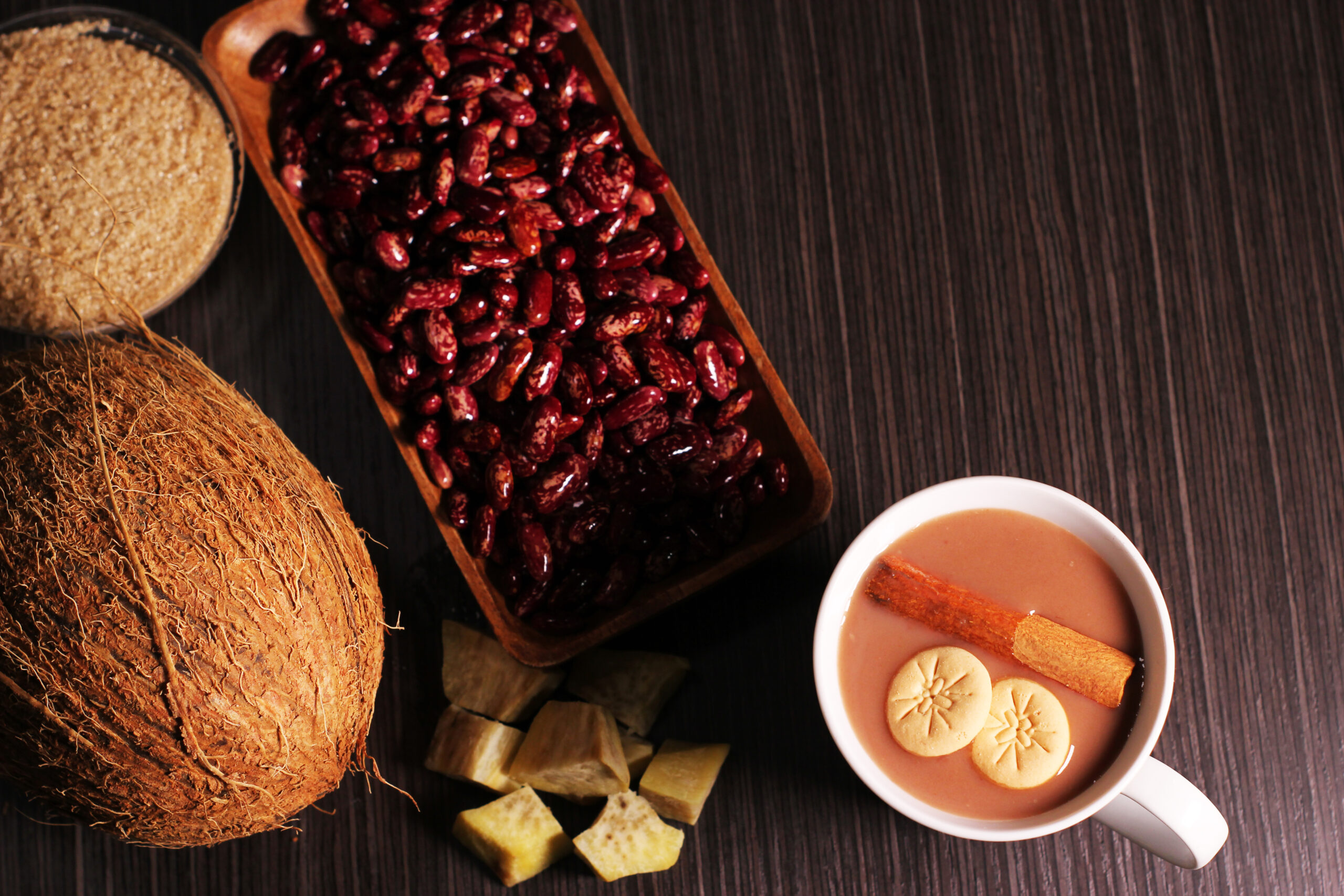Did you know that Loneliness is harmful to your health? The World Health Organization recently declared loneliness to be a global health concern. Loneliness is a feeling of sadness and low mood due to a lack of companionship, close relationships, or feeling excluded. Loneliness doesn’t mean being alone. You can be alone and not feel lonely, and you can feel lonely while not alone. Rather, loneliness is the perception of being alone. People have feelings of loneliness occasionally as a natural part of life, but persistent feelings of loneliness can pave the way for health challenges.
As human beings, we know that social connection, community, and face-to-face interactions is one of the more powerful medicines we have to elevate our mood and to improve our health.
-
Take yourself on outings each day to get some sun and say hello to a neighbor you pass on the street even if you’re working from home.
-
Commit to spending time with loved ones. Make your time together count by reducing distractions—do not check email, scroll, or sort through papers. One of the greatest gifts that we can give others is the gift of your full attention.
-
Embrace incidental interactions. These are the types that have been substituted with 2-day shipping and grocery delivery, so be intentional to talk a bit with the people in your community: bodega clerks, grocery store cashiers, laundromat staff, coffee shop baristas, security guards, and mail/package delivery workers.
-
Look for opportunities to help others reaffirm that you have value to add to the world – Hold the door for a parent with a stroller, help someone blind cross a crowded street/subway platform, or help a neighbor carry their grocery bags. Imagine a positive ripple effect of caring actions that might inspire them to pay forward to others later!
-
Reach out to people you care about to say Hi if you haven’t spoken in a while, just to let them know you are thinking of them.
-
Try a new hobby class – it will introduce you to a new community with similar interests, stimulate your routine, and improve your overall feelings of self-efficacy.
-
See a therapist, counselor, or support group to help give you resources to cope with loneliness, improve your social connections and communication, and give you a safe space for your feelings.



